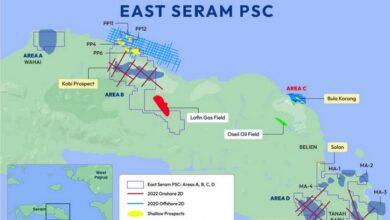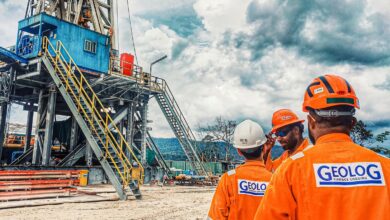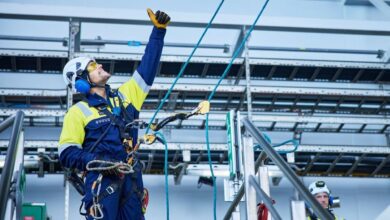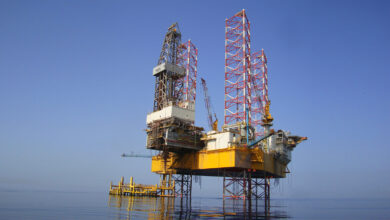Operators look for continuous improvement in safety, environment management
An operator panel discussion at the IADC Health, Safety, Environment & Training Conference, 1-2 February in Houston, focused on safety management plans in place within their companies, whether operators will require safety cases and examined safety and environment management plans (SEMP) and expectations of the contractor. Graham Brander, director of worldwide drilling for Apache Corp; Joseph Leimkuhler, offshore well delivery manager GOM-Americas for Shell E&P; Jeff Ostmeyer, manager of EHS auditing and contractor assessment for Anadarko Petroleum; and Clint Boman, worldwide manager of safety and health for Noble Energy, made up the panel.
According to Mr Brander, Apache will be putting in place a SEMP program. “We have to interface with a lot of third-party companies; the scope for accident or things slipping away is very high. We have to have a very high standard,” Mr Brander said. “We strongly believe that a huge part of our success has been that we operate autonomously in regions. We have different regulations in different areas.… We will try to match whatever regulations are required in the local environment and exceed that.… We have issues of transportation in Egypt.… We have a safety case in place in Australia. The key element in all areas is training.”
Shell has required drilling contractors to provide a safety case since 2002. According to Mr Leimkuhler, the objective is to demonstrate that all foreseeable major accident hazards have been identified and that suitable and sufficient barriers and controls are in place such that risks to people, assets, environment and company reputation are minimized. Another objective is to demonstrate that continuous improvement in the management of hazards will occur in the workplace.
How do you ensure the safety case is not sitting in binders gathering dust on the shelf? “We need to find a way to operationalize it,” Mr Leimkuhler said. “Rig crews need to be involved in the drafting of the safety case; keep the safety case evergreen. Use the case as a reminder that safety is paramount and that you cannot balance HSE and cost performance… It (the safety case) is not a silver bullet but can be a great tool.”
Mr Ostmeyer noted that Anadarko has formed a new regulatory compliance group to support the new SEMP requirements. “We’ve done pretty good operationally, but we’ve got to go way beyond,” he said. “And that’s going to affect our relationships with our primary drilling contractors. We’ve had these great relationships… we will continue to do that, but in the future we have to also verify… We can’t rely on trust in the future.” Third-party compliance audits will be taking place now.
Mr Boman noted that he’s “become a fan of management systems.” In Noble Energy’s experience, the management system publicizes management commitment, provides a worldwide framework for EHS responsibility, defines roles and responsibilities, creates a common language and provides a basis for a common belief or culture. “It helped us to assess not just looking at hazards but understanding risk,” he said. “And then from a standards procedure, what guidelines are we going to follow as a corporation so that we meet standards no matter where we operate?”
“The real key to a management system is not the elements but continually improving each one of those elements,” he said.




